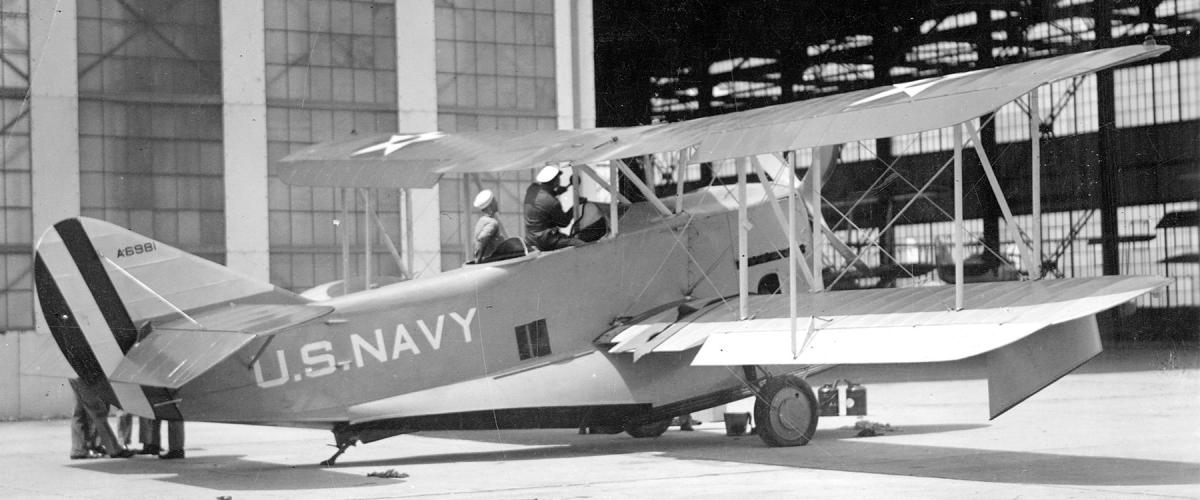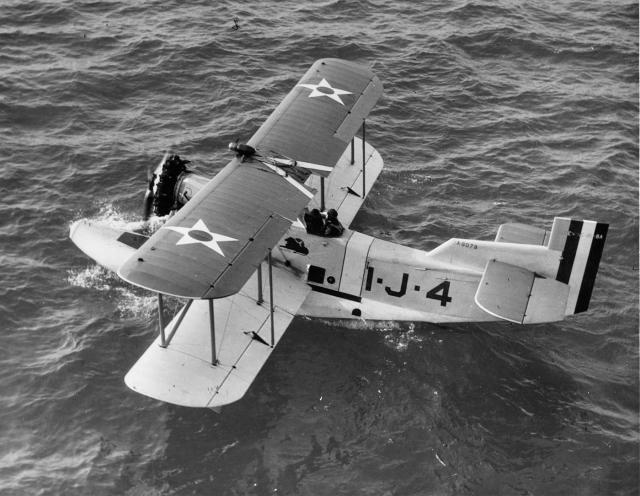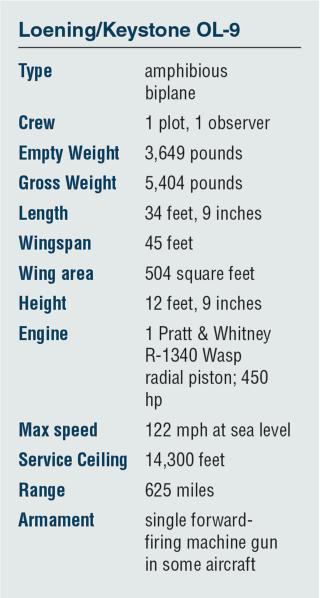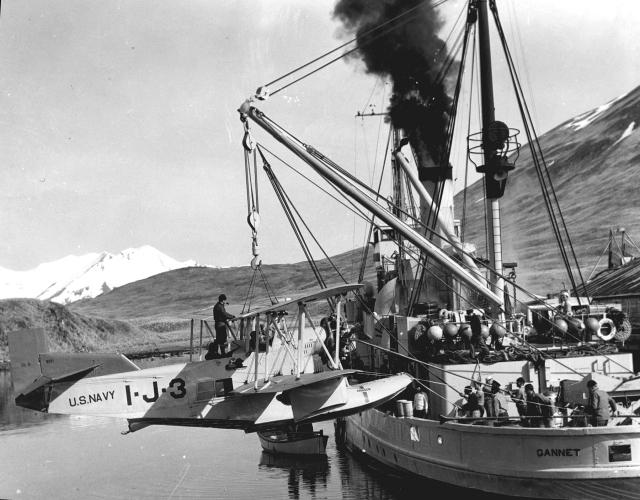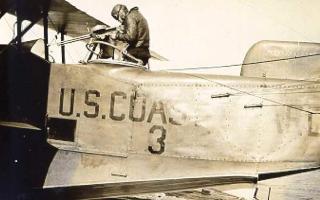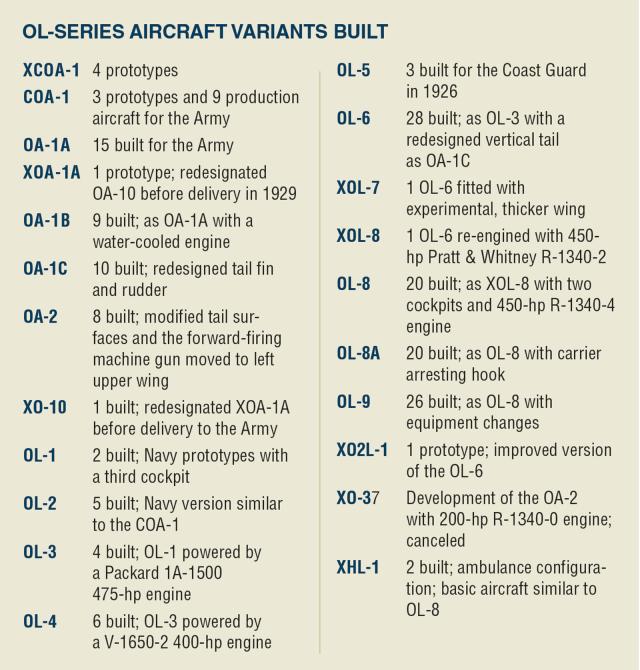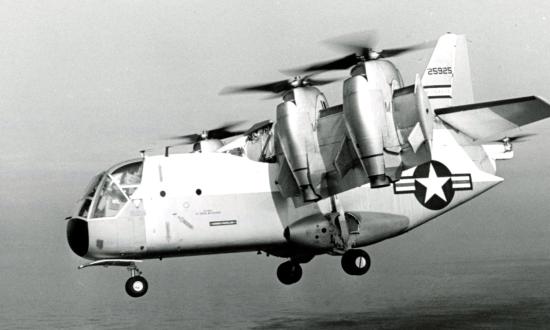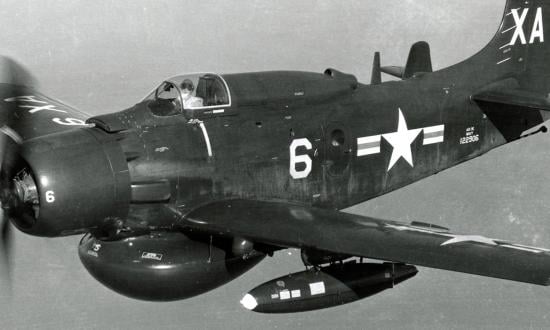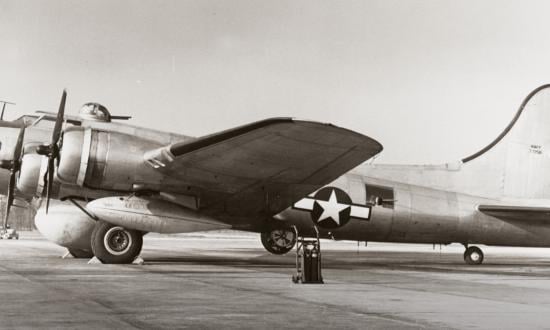The Loening OL-series amphibians were among the most popular aircraft used by the U.S. military services between the world wars, being flown by the Army, Navy, Marine Corps, and Coast Guard. And the aircraft made history when three COA-1 variants were taken on the 1925 Arctic expedition led by Donald B. MacMillan and Eugene F. McDonald, with Lieutenant Commander Richard E. Byrd commanding the naval aviation component.1
That Arctic expedition marked the first time both aircraft and shortwave radio were used in polar exploration. During August 1925, the three aircraft conducted aerial exploration of more than 30,000 square miles in the Arctic.
The OL-series aircraft were amphibious biplanes built by Grover C. Loening at his aircraft company in Manhattan.2 He was the first aeronautical engineering graduate from New York’s Columbia University and had worked as an assistant to aviation pioneer Orville Wright.
Loening’s company specialized in the manufacture of small flying boats. His designs included the monoplane pusher-type seaplanes—popularly labeled “air yachts”—that were flown by wealthy sportsmen, among them millionaires Vincent Astor and Harold S. Vanderbilt.
The later OL-series aircraft were produced after the Loening company was merged into the Keystone Aircraft Corporation. The resulting organization was itself merged into the Curtiss-Wright firm in 1929.
The basic OL design was a biplane with a large, distinguishing float beneath the fuselage that was fitted with retractable wheels and stabilizing floats beneath each lower wing. The plane also had a tail skid for land operations.
The aircraft had tandem, open cockpits for a crew of two, though a few variants had three positions. It could be flown from either cockpit—with a control wheel in the forward cockpit and a removable stick control in the rear—but the navigation and engine instruments were only in the forward cockpit. The Duralumin hull was wrapped around a wooden frame and had five watertight compartments.
Some variants were armed: a forward-firing, synchronized Browning .30-caliber machine gun for the pilot and twin Lewis .30-caliber machine guns for the observer. A camera was sometimes provided for the observer.
The aircraft first flew in 1923, with the Army Air Corps having ordered four prototypes as the XCOA-1. Those were powered by a 400-horsepower Liberty V-1650-1 engine with a three-blade, variable-pitch steel propeller. The fuel tanks were mounted inside the fuselage and allowed for approximately ten hours of flight. Improved, more powerful engines were provided in later variants. Some aircraft had a tailhook to facilitate operation from aircraft carriers.
In service, the Loening amphibians proved highly reliable. The three planes for the 1925 Arctic expedition were an exception, however. Modifications led to those three aircraft suffering major problems. By the end of the expedition their three spare engines had been installed, and at least one aircraft was inoperable.
In October 1926, soon after Congress appropriated $152,000 to establish a permanent aviation unit for the Coast Guard, that service purchased three Loening OL-5 amphibians. Those aircraft and two Chance-Vought UO-4 single-engine floatplanes were the true beginning of Coast Guard aviation. (Previously the Coast Guard had on occasion flown “borrowed” Navy aircraft.)3
Those Coast Guard OL-5s had reinforced hulls, increased fuel capacity, and other features compared with Army and Navy variants. Also, the Coast Guard planes were painted a “high-visibility-over-water chrome yellow” developed specifically for that service.
In support of law-enforcement operations, the Coast Guard planes were fitted with machine guns, as were some Army and Navy variants. The armed aircraft had some combination of a fixed Browning machine gun fired by the pilot and twin Lewis machine guns fired by the observer.
Two aircraft were configured as ambulances. Similar to the OL-8, those planes were modified with a single open cockpit and seating for six patients in the fuselage. They were designated XHL-1.
1. See Grover Loening, Amphibian: The Story of the Loening Biplane (Greenwich, CT: New York Graphic Society, 1973), and John H. Bryant and Harold N. Cones, Dangerous Crossings: The First Modern Polar Expedition 1925 (Annapolis, MD: Naval Institute Press, 2000).
2. The basic designation of those aircraft was OL, indicating observation-Loening.
3. U.S. Coast Guard, “Loening OL-5,” history.uscoastguard.mil.



